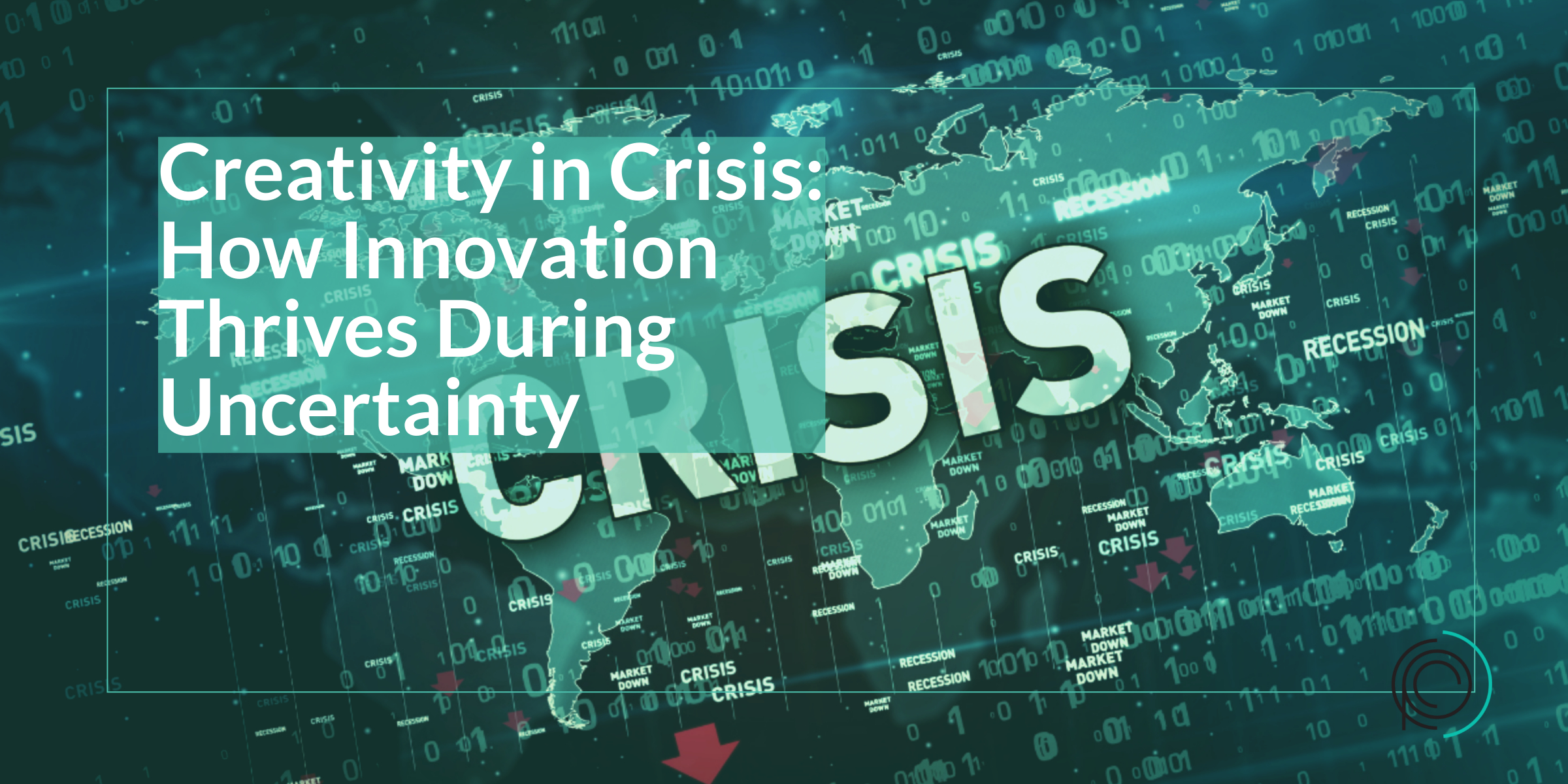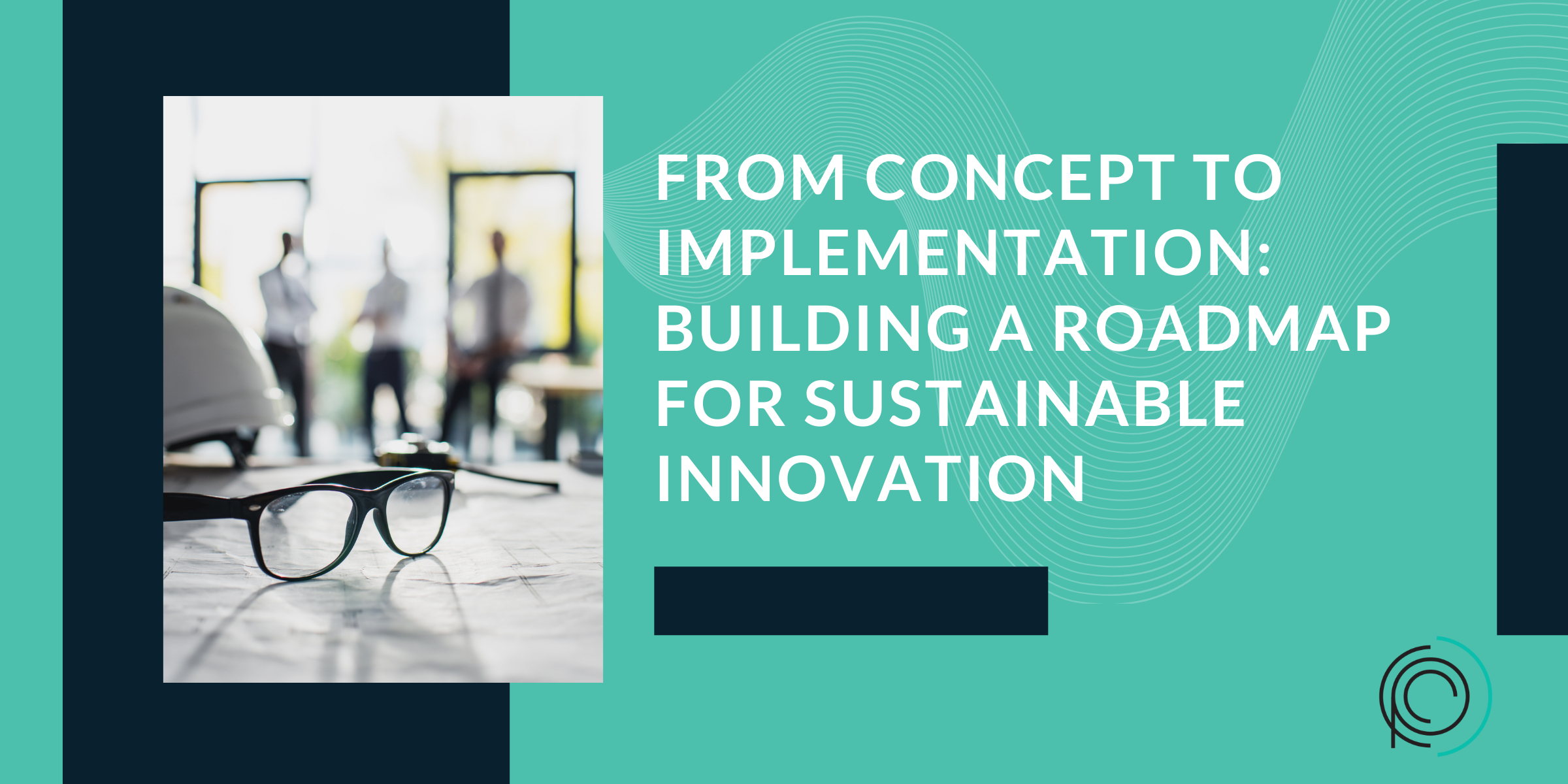Strategic Insight: Why Mapping Your Operations is Key to Smart Technology Investments
As a business leader, you’re undoubtedly aware of the crucial role that making informed decisions plays in securing your organization’s success. Navigating through the complex landscape of technology, however, presents a unique challenge. One of the most prevalent pitfalls companies encounter is the rush toward adopting new technologies without a thorough examination of their current operational state. This oversight often leads to the inefficient allocation of IT budgets and the accumulation of costly errors. To circumvent these issues, a proactive strategy is imperative. Organizations must delve into a comprehensive analysis of their business challenges through detailed process and technology stack mapping before committing to new software or technological solutions. This article aims to shed light on the reasons why taking time to understand your current operational framework and addressing issues at the outset will ultimately result in substantial cost savings compared to a hasty, uninformed approach.
Simply rushing into adopting new technologies without proper evaluation can lead to a host of problems, including wasted resources and increased risk. As the old saying goes, “Measure twice, cut once” – taking the time to fully understand your organization’s unique needs and challenges will save you time, money, and headaches in the long run.
One crucial aspect of this process is conducting a thorough technology stack mapping. This involves analyzing your current technology infrastructure and identifying any gaps or redundancies that may exist. By mapping out every component of your tech stack, from hardware to software to data management systems, you can gain a comprehensive understanding of how each piece fits together and where improvements can be made.
When embarking on the journey of selecting the most suitable software for your organization, gaining a deep understanding of your existing operational landscape is fundamental. Through the meticulous process of mapping out your current processes and technology stacks, you will uncover the underlying causes of any operational inefficiencies or challenges. These may range from outdated systems and technologies, and inefficiencies in current processes, to a glaring lack of insight into critical data. Equipped with this level of understanding, you will be in a far better position to identify and implement an effective solution tailored to your organization’s specific needs. This strategic approach ensures that you leverage your IT resources judiciously, investing in solutions that will truly enhance your operations in the long term, rather than squandering them on fixes that fail to address the root of your problems.
Another important factor in making informed decisions about technology is considering the impact on your current processes. Will the new technology integrate seamlessly with your existing systems, or will it require significant changes and potential disruptions? Properly analyzing and mapping out your current processes will give you a clear picture of how a new technology will fit in and what adjustments may be necessary.
Additionally, taking the time to thoroughly evaluate and plan for new technologies can also help identify potential risks. By assessing the potential impact on your organization’s security, data privacy, and compliance requirements, you can proactively address any issues and ensure a smooth implementation.
While it may be tempting to jump on the latest technological bandwagon, taking a step back and thoroughly evaluating your current operational state is crucial for long-term success. Proper technology stack mapping and process analysis are essential components of making informed decisions and avoiding costly mistakes. As a business leader, investing the time and effort into these steps will ultimately lead to more efficient operations, cost savings, and a competitive edge. So remember to “measure twice, cut once” when it comes to adopting new technologies for your organization. Another important aspect to consider in technology decision-making is the potential impact on your employees. Implementing new technology can often mean changes in job responsibilities or processes, and it’s crucial to involve employees in the decision-making process and provide them with proper training and support.
By involving employees from various departments and levels of the organization, you can gain valuable insights into how a new technology will affect their day-to-day tasks and any potential challenges they may face. This collaborative approach can also help foster a sense of ownership and buy-in from employees, making it easier to implement changes smoothly.
By emphasizing the importance of this groundwork, we encourage leaders to recognize the value of investing time and effort upfront. This initial investment in understanding your organization’s current state not only prevents the wasteful expenditure of your IT budget but also paves the way for adopting technological solutions that are genuinely aligned with your business objectives. This comprehensive approach to technology implementation, grounded in a thorough understanding of your current operational state, is the key to unlocking lasting improvements and achieving sustained success in today’s ever-evolving business landscape.
In addition, providing proper training and support for employees during the transition period will not only increase their confidence in using the new technology but also prevent any disruptions or downtime. By investing in your employees’ education and understanding of the new technology, you are ultimately investing in the success of your organization.
Furthermore, considering employees’ feedback and experience with using the new technology can also help identify any potential issues or areas for improvement. This continuous evaluation and adjustment process will ensure that the technology is meeting its intended goals and functioning effectively within the organization.
Making informed technology decisions involves not just understanding your current operational state and conducting proper analysis, but also considering the impact on employees and providing support for a smooth transition. By taking a comprehensive approach and involving all stakeholders in the decision-making process, organizations can avoid costly mistakes and set themselves up for long-term success with new technologies.
The Mistakes
It might come as a surprise, but the essential information that should be utilized in creating these maps ought to originate not from the leadership but directly from those who are hands-on with the tasks day in and day out.
A common pitfall that businesses encounter is allowing leadership to become overly involved in this process or, worse, to take control of it entirely. It’s crucial to embrace both the positives and negatives during this exercise. Without accepting the good, the bad, and the ugly, gaining a true understanding of the current operational state and its underlying issues becomes nearly impossible. Among the issues you’re likely to uncover are an abundance of manual processes, technology stacks that are misaligned or outdated, technologies that the business has outgrown or that no longer serve the intended purpose, instances of shadow IT, and significant gaps in your data management practices, to mention just a few of the more common challenges. Only after a thorough assessment of the present situation can a meaningful discussion about the necessary and unnecessary elements of your technology and processes take place.
Equipped with a comprehensive understanding of the current state, the business can begin to make informed decisions. However, a third mistake often arises at this juncture: the selection of technology based solely on brand recognition, because a competitor has adopted it, or following advice from someone perceived as a tech expert. An integral part of the mapping process includes the collection of business requirements, which is vital for selecting appropriate software solutions and for the reengineering of processes. To distill the concept further, analyzing business requirements involves identifying essential front-end and back-end needs to establish a unified and accurate data source across the organization.
Investing effort in the detailed mapping and gathering of business requirements yields additional benefits. By taking the time to delve deeply into understanding your current operational reality, you’re better positioned to evaluate necessities and formulate strategies based on these insights. This approach allows for the creation of a roadmap for future decisions that are grounded in data-driven insights rather than mere assumptions or speculative guesswork. Moreover, this process should be a collaborative all-team effort, offering the chance to gather invaluable feedback from end-users. Such feedback can significantly inform decisions on future projects or investments. For instance, if users report lacking critical features or functionalities, this feedback becomes a key consideration when evaluating potential solutions to meet the organization’s needs.
In essence, the meticulous work of mapping out current processes and collecting detailed business requirements not only illuminates the path forward but also fosters a culture of informed decision-making. It ensures that every technological adoption or process improvement is aligned with the actual needs of the business, thereby enhancing efficiency, productivity, and overall success.
Final Thoughts
Ultimately, organizations must invest time to thoroughly comprehend their current operational state before committing to any significant technology investments. This cautious approach is crucial if they aim to optimize their IT budget and achieve the maximum return on investment in software solutions or system upgrades. Detailed process and technology stack mapping, combined with a comprehensive collection of your business requirements, empowers business leaders with the necessary insights into their operational challenges. This enables them to make well-informed, data-driven decisions. Adopting this strategic approach undoubtedly paves the way toward greater organizational success. It might require a bit more effort and time initially, but the benefits reaped in the long term are substantial and well worth it. So, take the time to understand your current operational state, gather business requirements, and create a roadmap for future decisions. Your organization will thank you for it in the long run.
References
- Shadow IT: Managing The Risks
- Business Process Mapping: A Comprehensive Guide
- The Importance of Business Requirements for Software Selection and Process Improvement
We fully grasp the intricate nature of identifying underlying business issues and recognize the time pressure that business leaders often operate under. As experts in process and technology stack mapping, we are committed to assisting you in unraveling the complexities of your business operations and addressing them effectively. Our goal is to help you identify and solve these challenges once and for all, ensuring a smoother, more efficient business operation. For more detailed information on this crucial topic or to engage with one of our seasoned experts for personalized advice, book a consultation with us today. Our team is dedicated to guiding you through every step of the process, ensuring that your business not only meets its current needs but is also well-prepared for future challenges.







